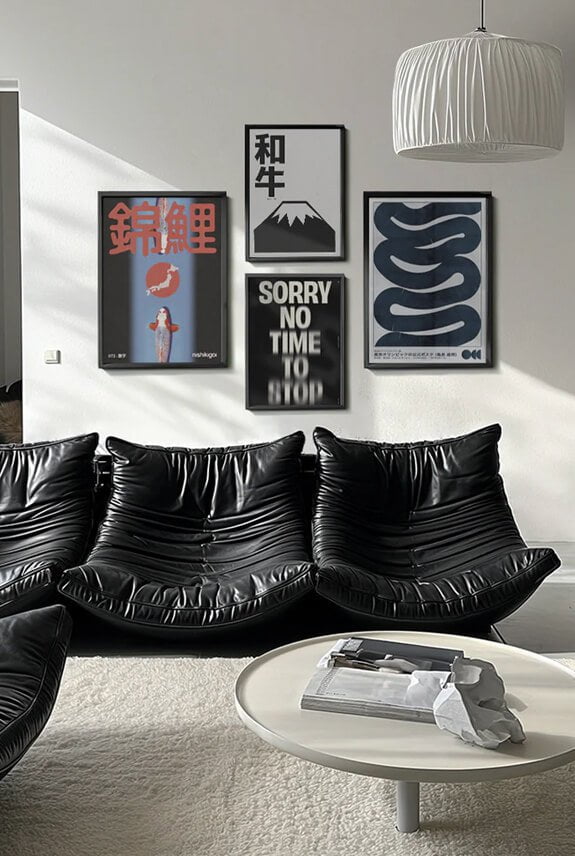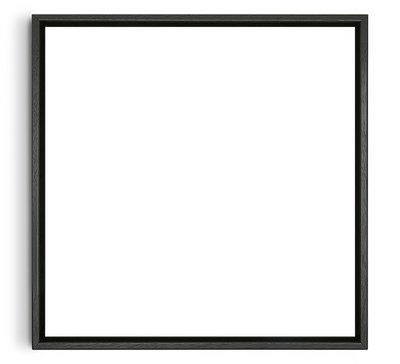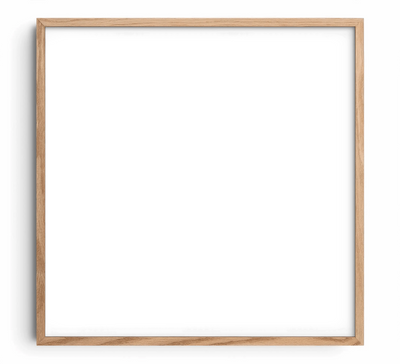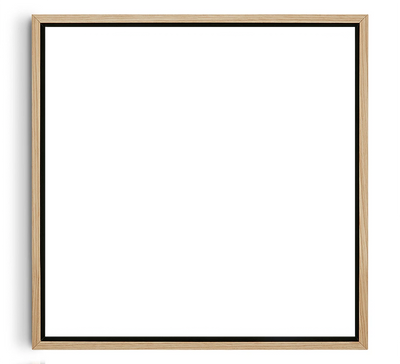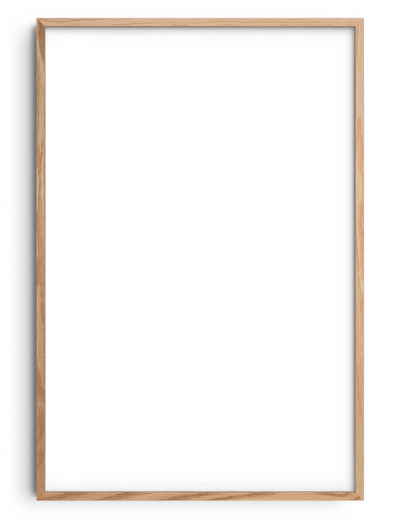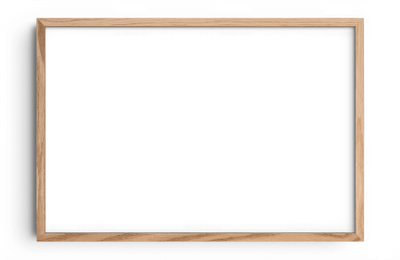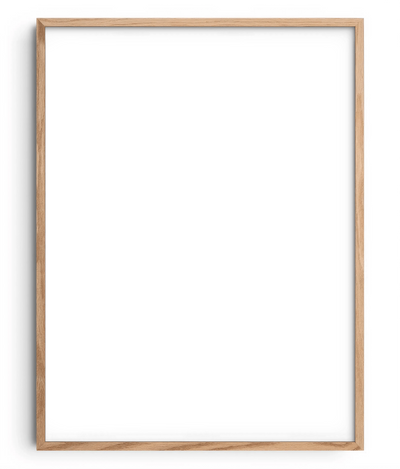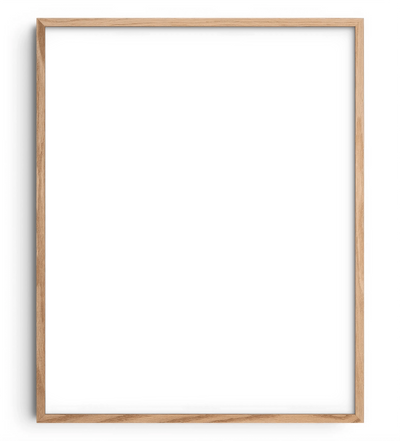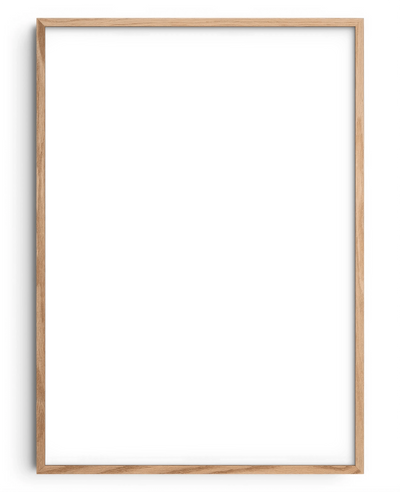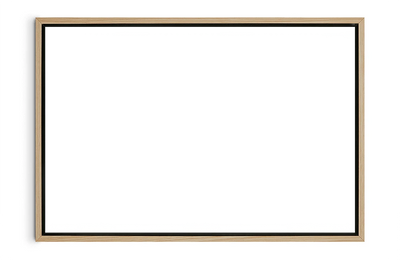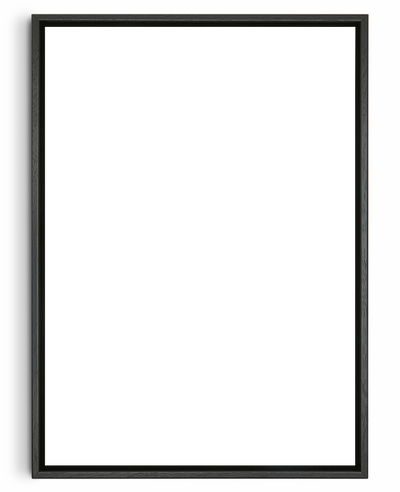While art has always held a profound place in the human experience, art collection has, unfortunately, become associated with a rich person’s game. The truth, however, is that the innate desire to collect art transcends culture and finances. If you dig deeper, you’ll find plenty of individuals with limited resources who have, over the years, compiled amazing collections thanks to their patience, grit, and passion for beauty.
Still, for younger collectors, the dream of owning art may seem out of reach. Mainstream society’s basic conceptualisation of art collection is one of exclusive auctions or pricey gallery exhibitions. Fortunately, art collecting has slowly become democratised over time. Not only are there more talented artists than ever before; ordinary peoples’ access to quality artworks has never been better, especially thanks to platforms like DROOL Art.
With so many options out there, curating a good selection is less about having vast wealth and more about recognising something good when you see it. All you need is an eye for what you love and a willingness to take calculated risks. Here are DROOL Art’s tips for growing a respectable collection on a budget:
1) Look into Official Reproductions

Official reproductions include artist-sanctioned art prints, photos, and limited-edition 3D-printed or injection-moulded sculptures. While they will rarely be as valuable as a one-off made by the same artist, these types of art are often budget-friendly, and even the pricier pieces tend to be rather accessible. Also, unlike knock-offs, these pieces will grow in value with time thanks to their authenticity.
2) Start Small

Smaller-sized pieces tend to be far more affordable than bigger ones, but they can be just as legitimate as showcases of an artist’s technical abilities. Indeed, many artists specialise in small-format works, and they may be worth exploring if you have limited funds. As a bonus, shipping smaller art pieces (along with a complementary picture frame or two) costs significantly less compared to large format works, which will bring down your acquisition costs.
3) Research Before Buying

Aside from steeping yourself in art world lingo, make it a point to get deep into different artists’ stories. Understanding the wider context around an artist and their work can help enrich your enjoyment of a piece by giving it an emotional resonance that lives outside the frame.
4) Protect Your Investments

Whether you’re collecting paintings or prints, you’ll want to order pieces with a quality frame and, if necessary, a protective UV-resistant acrylic cover. These will keep your art safe from tears, fading, and errant spills, preserving each work’s beauty for years to come. Almost as importantly, investments like frames and covers will help you preserve the value of your pieces, which can come in handy should you choose to sell them in the future.
5) Keep Your Frames Uniform

If you can choose your frames, try to make sure that they’re more or less uniform-looking. Uniform frames can create a cohesive look that helps your displayed artworks play well together even if they vary in style, size, or theme.
6) Don’t Get Caught Up in Hype (or Price)

Perhaps the most important tip on this list: you should only buy pieces you genuinely love. If you buy something because it’s trendy or solely because it’s affordable, you’re bound to regret it sooner or later. Unless you are collecting solely to impress others, your collection should directly reflect your tastes, not anyone else’s.
7) Set a Realistic Budget for Your Preferred Pieces

Though we did say that art is universal, you do have to commit some of your finances to build a collection you’ll be proud of. After researching artists who execute works in your preferred style, consider the typical asking rates and decide on a budget. This will narrow down the art you can collect, but it will also keep you from going off on expensive tangents, thus resulting in a better curated collection.
8) Join Local Art Communities and Workshops

Engaging with groups of artists and collectors is a good way to get your feet wet in the art world. Even if you’re not an artist yourself, joining workshops and other similar get-togethers will give you a deeper understanding of the process behind creating various artworks. Over time, these interactions will make you that much better at assessing various works, heightening your enjoyment as a collector.
9) Support Lesser-Known Artists

In an age where anything can be hyped beyond its true value, you’ll want to look past an artist’s fame and simply consider whether or not you like a certain piece. Once you do, you’ll find that there is just so much excellent art out there being produced by lesser-known artists. Even better, these pieces tend to be much more accessible than those made by famous individuals. If you prioritise these, you can quickly amass a high-quality collection for not a lot of money.
10) Treat Art as Experiences, Not Commodities

Collecting art is as much about the process as it is about the thrill of having real beauty and unique human expression in your home. The discovery, learning, and reflection that art collecting elicits is something truly special that you will carry for the rest of your life.
Start Small, Dream Big, and Stay the Course

These tips should give you a decent start in acquiring a respectable art collection without negatively impacting your finances. Once you get a hang of things, you can venture into some of the other finer points of art collection.
Try not to get discouraged if your collection isn’t growing the way you want it. With enough time, you’ll be able to curate a personal gallery that grows and evolves with your own unique tastes and experiences, all without breaking the bank. For a great starting point into what you like and what artworks might suit you best, take the Art Finder Quiz from DROOL.






































